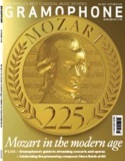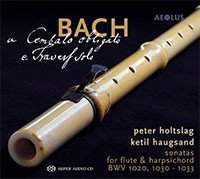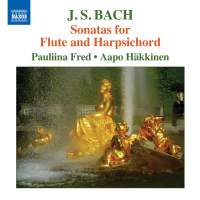Texte paru dans: / Appeared in:
|
|||||||
|
Outil de traduction (Trčs approximatif) |
|||||||
|
Reviewer:
Charlotte Gardner
It’s an authenticity-rich recording too, not least for the instruments themselves, because, while Holtslag performs the majority of the sonatas on a modern copy, BWV1030 is performed on an original solid ivory, silver-keyed flute dating from Bach’s Leipzig period. You can admire this beauty on the disc’s cover artwork, photographed up-close and dismantled to display its three pitch-altering corps de recharge; and while the odd muffled note during the sonata suggests it isn’t entirely easy to coax into perfect tone, it’s lovely nevertheless and makes for an intriguing start to what is throughout a thoroughly stylishly performed recital. Listening immediately afterwards to Pauliina Fred and Aapo Häkkinen’s programme for Naxos of BWV1030‑35 tak es some initial ear adjustment. Both instruments are more closely miked, producing a much brighter, almost overwhelming sound, and in BWV1030 Hakkinen’s harpsichord is so noticeably to the fore that it’s rather to the detriment of the flute. Once you’ve acclimatised, however, there’s plenty of good stuff, from the slightly more playful mood of the whole to the greater instrumental variety. For instance, where Holtslag and Haugsand stick to their double-manual harpsichord for BWV1033 (and indeed throughout their programme) and thus fashion the basso continuo part more idiomatically to match, Häkkinen entertainingly switches to the lute-harpsichord, keeping the accompaniment sparse and chordal. He also switches to the clavichord for BWV1035. So there’s an element of horses for courses here. Some will enjoy the greater subtlety and the historical instrumental interest of Holtslag’s recital but, if it’s more obvious contrasts you’re after, the Naxos disc is worth considering. |
|||||||





